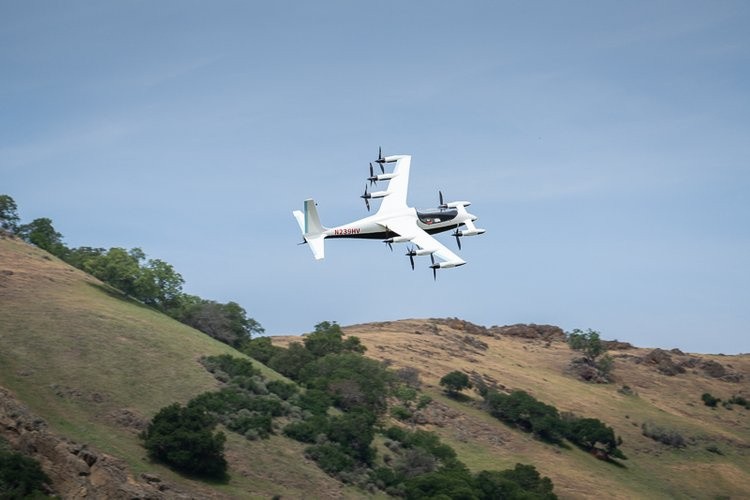Sebastian Thrun, the "godfather of self-driving cars," established and directed the electric aircraft business Kitty Hawk, which was sponsored by Larry Page, a co-founder of Google. But now, the startup is shutting down its operations.
The business announced that it was closing down operations in a tweet and a LinkedIn post, as picked up first by TechCrunch.

What's Next for Kitty Hawk?
"We have made the decision to wind down Kittyhawk. We're still working on the details of what's next," the company said in a tweet.
We have made the decision to wind down Kittyhawk. We're still working on the details of what's next.
— Kittyhawk (@kittyhawkcorp) September 21, 2022
In 2010, Thrun and Page launched Kitty Hawk, which was originally known as Zee.Aero. To oversee the business, Page had chosen Thrun, a longstanding friend, and adviser who co-founded X, the Alphabet moonshot factory.
The company's initial moonshot to create an ultralight electric flying automobile that anyone can use was the single-seat, 100% electric, vertical take-off, and landing vehicle.
More than 25,000 successful crewed and uncrewed flights were made with the fleet of 111 Flyer aircraft that Kitty Hawk manufactured and flew.
However, that program was terminated in June 2020, resulting in the layoff of about 70 employees, to make way for Heaviside, a more capable, quieter, and previously classified electric aircraft known as H2, which could fly and land autonomously.
Heaviside was created in 2015, but it wasn't made public until the 2019 TechCrunch Disrupt event.
The Cora project in Kitty Hawk, a two-person autonomous flying taxi that was originally unveiled in 2018, was one of the startup's public projects until Cora was separated into a collaboration with Boeing in late 2019.
The joint business, currently known as Wisk, is attempting to create and market electric, autonomous air taxis. Early in 2022, Boeing gave Wisk an additional $450 million.
Read also: 'Flying Hotel That Never Lands': AI Sky Cruise Ship Will Use Nuclear Energy to Fly in Luxury
Kitty Hawk's Last Missions
Heaviside and reportedly a larger version of the aircraft were Kitty Hawk's last missions after Flyer was stopped and Cora split off. The third act of Kitty Hawk is HVSD, named for famous physicist and electrical engineer Oliver Heaviside.
In Ohio, Kitty Hawk demonstrated a flight beyond visual line of sight in 2021, marking another significant achievement. The FAA, Air Force, and SkyVision, a ground-based radar service, collaborated on the demo. By that time, the company had produced over 16 H2 vehicles, as per TechCrunch.
According to sources gathered by TechCrunch, Kitty Hawk was working on Heaviside in 2022. On the other hand, the company's website alluded to a different phase. Kitty Hawk stated that it was developing its first remotely piloted, compact, light, and quiet commercial air taxi based on the H2 platform.
Related Article : Volkswagen, Bosch Agrees to Setup 6 Battery Production Centers in EU by 2030; Is this for Electric Vehicles?
This article is owned by Tech Times
Written by Joaquin Victor Tacla
ⓒ 2025 TECHTIMES.com All rights reserved. Do not reproduce without permission.




